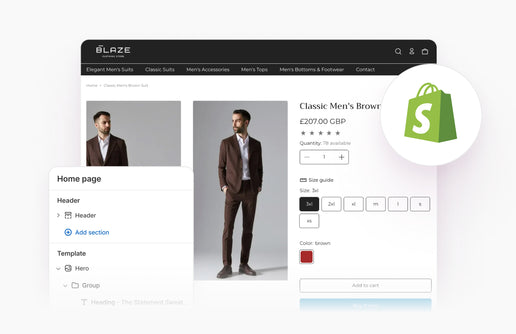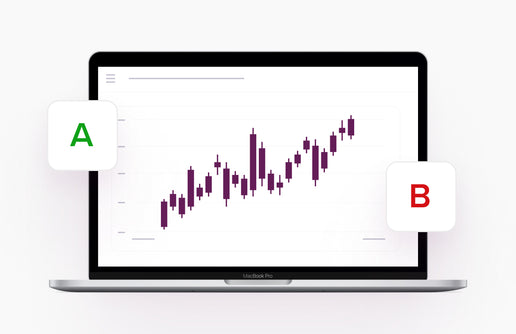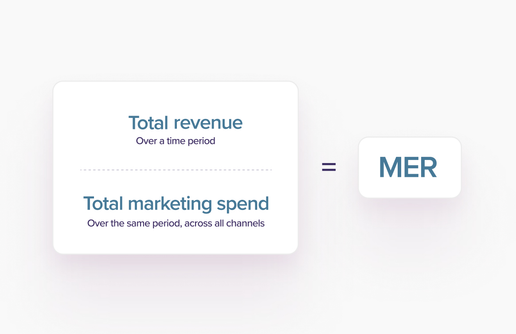What is Colour Psychology
Colour psychology is a study of colours and hues and how they can affect our everyday lives and decision making. Colour psychology can subconsciously affect how we interpret things, how we enjoy them, how we feel about ourselves and our environment Does cereal taste differently when eaten out of a brown bowl, or a yellow bowl? It may well taste the same, but your perception of the experience, and that impact can be very different.

We wear black to funerals. A bride wears white on her wedding day. We feel blue when we are sad and red when we are angry. Colours have a deep psychological attachment to how we act and feel, without us consciously making a decision. Imagine how useful that could be for your brand image and marketing activities….?
How Colour Psychology Can Impact Your Brand
The main objective of your brand is to create perceptions that drive the behaviour and decisions of consumers. Your brand may contain many factors which can help to shape those perceptions - font, iconography, shape, complexity - but for the purposes of this article, we’re going to focus on an important one; colour.
In fact, colour isn’t just an important part of the branding mix, it’s potentially the most critical in acting as the foundation for all that follows. Studies have shown that up to 85% of customers identify a brand’s colour as an integral reason for choosing one brand over another.
Colour Can Be An Emotional Element
Colour can have an emotional impact on consumers, and while these emotions can vary from person to person largely the emotive response to each is the same. Red can evoke danger - think about traffic lights, the burner of a stove, a stop sign. Blue can be calming and cool; the tranquillity of water, the vastness of a bright, open sky. With the thought of a colour, you can, with minimal effort, summon powerful visuals driven from memories and feelings.
So Why Does This Matter to Your Branding?
Brands are visual representations of an organisation. A brand mark should be able to provide multiple key messages with a very limited canvas, and an even more limited attention span of consumers across crowded markets. Your brand could be trying to grow market share by developing resonance with familiar consumers. You could be trying to grow business by developing wider awareness.Iincreasing recall and disarming conscious barriers a consumer may raise are essential for building brand equity. Building brand equity increases the value consumers place on a brand, developing attachment, community, and engagement. The more engagement; the bigger the return on marketing objectives.
Building Colour Into Your Brand Foundations
So colour… Imagine your brand had elements, so engaging, so evocative, that they could resonate emotionally with consumers, playing on thoughts, memories, and feelings, without them having ever seen that brand before? Colour is a sensorial stimulation that can provide that rich awareness. Carefully considering colour when developing any new startup brand, brand redesign, or brand refresh is therefore essential, whatever your goals & objectives.
What Are the Most Popular Colours & The Psychology Behind Them
Red: Passionate and exciting, but also dangerous and angry. Demands attention - e.g. Marvel, CNN, & Nintendo
Orange: Can be youthful and playful, friendly and invigorating - e.g. Fanta, Nickelodeon, Soundcloud
Yellow: Usually happy and optimistic, bright and sunny - but can also be a warning or evoke fear or even anxiety - e.g. McDonalds, Nikon, National Geographic
Green: Natural and prosperous, green can evoke stability and wisdom - e.g. Tropicana, BP, Spotify
Blue: Tranquil & trustworthy, open yet secure. Can also be lonely and isolating as a result, evoking vastness - e.g. Meta, Unilever, or Intel
Purple: Rich and opulent, purple is a regal colour, but also has connotations of creativity - e.g. Cadbury, Hallmark, or Twitch
White: Clean & virtuous, healthy & fresh. New beginnings, with nothing to hide - e.g. Apple, Mercedes, & Forbes
Black: Classy & sophisticated, powerful & edgy - e.g. Sony, Uber, & Prada
Image source: Canva
Every major brand you already love uses colour as a key part of their marketing and branding strategy. Here are some of our favourites and what they mean:
Twitch
Purple is a royal and opulent colour, but it is also very imaginative and creative. Twitch, as one of the world’s biggest online streamer platforms, encourages creativity and innovation for content creators and influencers hoping to develop that feeling of royalty. The colour choice really helps convey core messaging with user engagement on different levels.
Nivea
Colour is so essential to the Nivea brand that their particular shade of blue was actually trademarked. The deeper blue against a white backdrop helps convey the simplicity and cleanliness of the products. Blues are serene and dependable, but can also be cold and emotionless, so this attaches well to skincare.
Rockstar Games
An assertive orange square puts across the hazardous, exciting elements of the games Rockstar creates, with the edgy and powerful tones from the black fonts giving a strong messaging of what type of game to expect. Oranges are courageous and warm, but can be immature and frustrating.
Deliveroo
With many food delivery brands available today, it’s hard to stand out from the crowd. Just Eat asserts an invigorating orange, while Uber Eats uses green for that natural feel. Deliveroo opt for turquoise, hoping the positive associations of clarity, inspiration, and healthy wellbeing of the blues & greens will offset the more negative colour connotations of secrecy & unreliability.
Top Tips for Picking Your Brand Colours
- Be authentic to your organisation and represent your products or services. Colours which feel inappropriate or off-putting can harm your brand. You won’t see many banks branded yellow
- Control the amount of colours in your brand colour scheme. Adding every colour you can think of won’t then appeal to every single person, it will become overly busy, distracting, and hide key elements. Stick to 2 or 3 colours which work well together
- Research what your competition use as a colour scheme. How do their colours project elements of their service and product range. How can you fit within that market?
Contact Mucky Puddle For Your Brand Development, Refresh, or Re-Design
Our expert brand design team have vast experience in both developing new brands, and refreshing existing brands. From brand marks and iconography to brand colours and fonts, our designers work with you to understand every part of your brand personality and customer base to create a brand that perfectly syncs with you. Contact us today to discuss your branding requirements.








